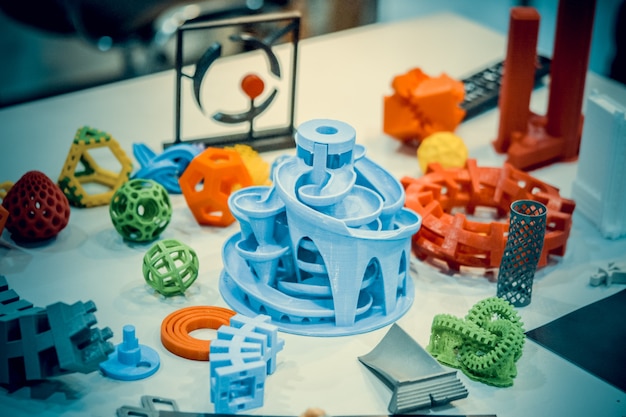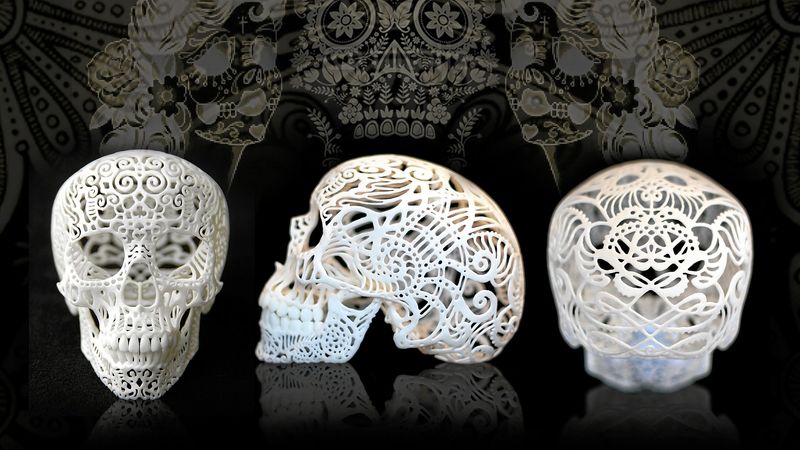Introduction
3D printing is already an important part of the arts and entertainment industry. It has been used by artists, designers and even businesses that make things for a living. The impact of 3D printing on the arts and entertainment industry is still changing how people work in this field.
3D printing is already in use by many artists and designers in arts and entertainment industry
3D printing is already in use by many artists and designers for their projects and businesses in arts and entertainment industry . It’s important to note that 3D printers are not just used by artists, but also by businesses that sell art or entertainment products—such as the fashion industry, which has been using 3D printers for several years now.
The reason why this technology has become so popular in arts and entertainment industry is because it allows people from all walks of life (artists, designers and consumers) to create unique items without having to go through the hassle of working with traditional manufacturing processes such as metal casting or injection moulding (which require expensive machinery).
This makes it easier for companies like Shapeways or Makerbot Industries Inc., which offer services allowing you access your own custom-made designs via their websites/apps where you can experiment with different materials until finding something that fits perfectly into what you’re trying to achieve overall aesthetics.“
3D printers are changing how artists work at home, on set, in the studio and even on location.
3D printers are changing the way artists work in arts and entertainment industry. With these new technologies, individuals can create their own art and design using 3D printing technology. A 3D printer is a machine that deposits layers of material to build up an object from scratch.
The first commercially available desktop-sized printer was released by MakerBot in 2009 and has since become a popular form of production for artists, designers and hobbyists alike. Because this process uses plastic instead of metal or stone, it’s much more affordable than traditional methods like carving stone or casting bronze—which makes it accessible to everyone who wants to experiment with different materials at home!
This technology is not just changing art but also how it is created.
The impact of 3D printing on the arts and entertainment industry is not just changing art but also how it is created. With the ability to create complex objects in one piece, artists and designers can now experiment with new materials or find inspiration from their surroundings.
3D printing has become a mainstay tool in many creative studios, allowing them to make test runs on custom tools before investing thousands of dollars into something that may not work out as intended. This technology can even help artists develop new ideas for their pieces—they aren’t limited by financial constraints like other types of manufacturing methods do!
Artists have been able to use 3D printers for years now; however, only recently has this technology begun experiencing widespread adoption among professionals in different fields—and those who rely on these machines are excited about what lies ahead for their careers as a result.”

3D printing is helping artists to make their work more accessible.
3D printing is helping artists to make their work more accessible. The technology allows them to create custom tools for the job, and it also can be used in a studio environment to make artistic experiments possible. 3D printing has been around since the 1980s, but it’s only recently that 3D printers have become affordable enough for artists themselves (and their fans) to use. The price point is still high enough that most people won’t be able to afford one themselves just yet—but if you’re looking for an affordable way of getting started with this exciting new technology, our guide will show you how!
It’s also helping them make their creative process easier and faster.
For example, a musician might want to print out a new guitar lick or chord progression for one of his songs. He could try it out using the same material as he did with the previous version, or try something different—if he’s happy with that second choice, then there’s no need to go back and re-print everything again!
Of course, there are other ways of speeding up this kind of experimentation: you could use software such as Maya (which is favoured by many artists) or Maxon Cinema 4D (a popular animation package). Both programs will allow users to import pre-made designs into their own workflows before applying them directly onto physical objects like clay models so that they can be quickly tested out within minutes rather than hours or days.
3D printing can help artists develop custom tools for the job.
3D printing can be used to make custom tools for the job. For example, if an artist needs a specific tool to complete their project, they could use 3D printing to create it themselves. It’s also possible that artists will use 3D printing in conjunction with traditional techniques—for example, by using laser-cutters and other machines that have been around since before we had computers—to create unique parts for their projects.
By using this technology alongside traditional methods, artists can take advantage of its precision and speed while still being able to incorporate those experiences into their own processes as well. This means that instead of having someone else make all those parts for them (which usually takes weeks), artists can get started right away!

The arts and entertainment industry has been impacted by 3D printing in many ways.
3D printing has had a huge impact on the arts and entertainment industry. It is used in many different ways, including:
- Creating art and design
- Creating props, costumes, and special effects (for example, creating armour for a character)
- Making models for filming/photography
Artists are able to create art at a much faster rate than they were before 3D printing was available.
Artists are able to create art at a much faster rate than they were before 3D printing was available. The ability to print out an entire piece of sculpture, or even just a small portion of it, means that artists can produce more pieces in less time than ever before. This means that you’ll see an increase in the amount of art being created by individual artists across all mediums.
3D printing is changing the way the arts and entertainment industry works by allowing artists to create something from nothing without having any prior knowledge about what needs to be done next or where to start from scratch if needed (like making clay models). It also allows them more control over how their creations look by providing them with high resolution images so they know exactly what their finished product will look like before starting any project!
Conclusion
3D printing is a technology that allows people to create physical objects from digital models. It’s been used in many different industries, including arts and entertainment industry. Artists are able to create art at a much faster rate than they were before 3D printing was available. This article will explore how 3D printing has changed the way artists work and make their projects more accessible. We’ll also discuss how this technology can help them develop custom tools for their jobs or experiments in the studio environment




